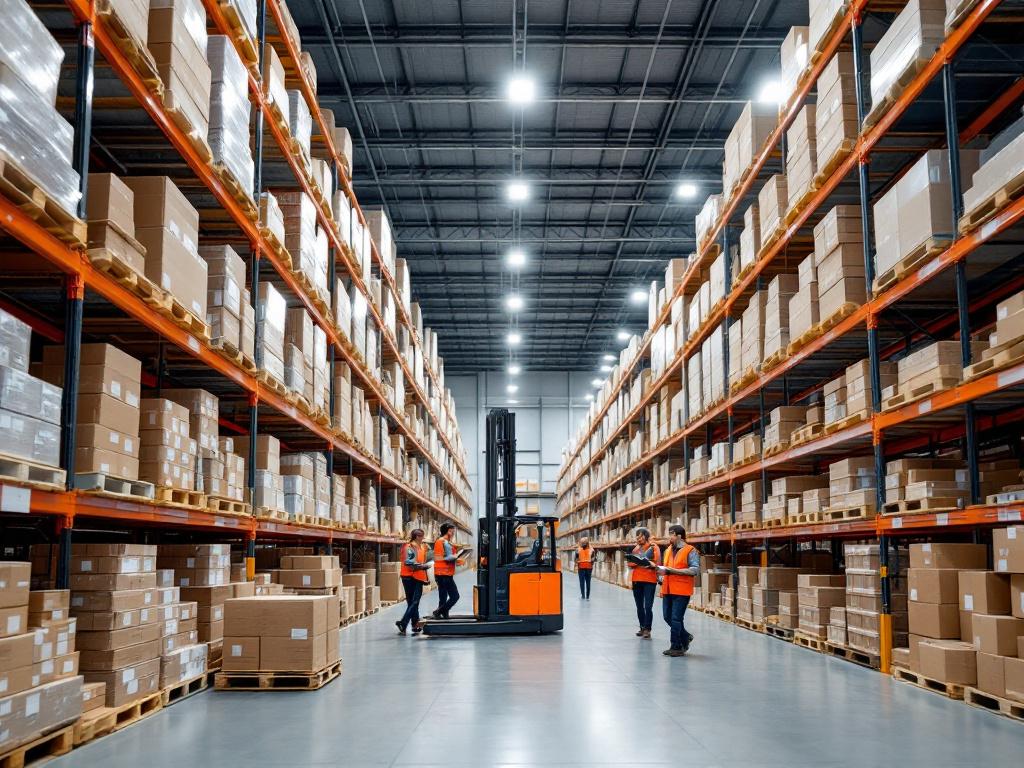In today’s global market, managing international shipping and customs clearance efficiently can significantly reduce costs for businesses. Navigating through affordable shipping options and understanding customs regulations are essential for optimizing operations and enhancing profit margins. This article explores the myriad ways affordable shipping and customs processes can benefit your business financially.
Understanding International Shipping
In international shipping, customs clearance plays a crucial role in ensuring goods move smoothly across borders. Defined as the process of passing goods through customs so they can enter a foreign country, it involves several steps and essential documentation. Companies must provide invoices, packing lists, and any necessary permits to comply with varying international regulations.
Effective customs management not only accelerates the flow of goods but can also significantly reduce costs associated with delays and fines. Delays in customs can lead to increased labor costs and customer dissatisfaction, making efficient clearance even more critical.
According to the World Bank, improving customs procedures can lower trade costs by 10-15%. By investing in comprehensive customs expertise or software solutions, businesses can navigate complex requirements more efficiently. This proactive approach in handling customs enhances operational agility, ensuring global trade remains profitable and competitive.
The Role of Customs Clearance
Customs clearance is a critical component of international shipping that ensures the smooth transit of goods across borders. This process involves the submission of necessary documentation to customs authorities, which can include invoices, transport documents, and certificates of origin. Compliance with regulations is paramount, as each country has its own set of import and export laws.
Efficient customs management can significantly mitigate delays that often translate into increased costs. When shipments are held for inspection or additional paperwork, it can lead to missed delivery windows and, ultimately, dissatisfied customers. By maintaining compliance and ensuring all documentation is accurate and complete from the start, businesses can streamline operations and reduce the risk of costly hold-ups.
In today’s competitive landscape, effective customs clearance is not merely an administrative task; it’s essential for maintaining the flow of goods, optimizing resources, and ultimately enhancing profitability in global trade.
Cost Factors in Shipping and Customs
Understanding the cost factors in international shipping and customs clearance is crucial for businesses aiming to optimize their global trade expenses. Central to these costs are *tariffs* and *duties*, which are taxes imposed by governments on imported goods and can vary significantly based on the product type and country of origin. Additionally, *shipping fees* encompass various charges, including freight costs, handling fees, and insurance—each of which can differ depending on service providers and selected shipping routes.
Hidden costs can often emerge unexpectedly. For example, storage fees at ports, demurrage charges for delayed pickups, and the costs associated with poor documentation can quickly escalate expenses. By thoroughly analyzing these cost factors, businesses can make informed decisions about their shipping arrangements. Optimizing logistics not only reduces costs but also improves competitiveness in the global market, making it essential for businesses to collectively manage and anticipate these financial components effectively.
Strategies for Affordable Shipping
Achieving affordable international shipping requires a strategic approach that encompasses various elements of logistics. One effective strategy is consolidating shipments, which reduces costs by maximizing cargo space and minimizing the frequency of deliveries. For example, a small e-commerce retailer that combines multiple customers’ orders into a single shipment sees significant savings on shipping fees.
Choosing the right shipping partners is also crucial. Engaging with carriers that offer competitive rates, reliable service, and customized solutions can lead to better cost-effectiveness. A tech startup reduced its shipping expenses by 30% by negotiating bulk rates with its logistics provider, demonstrating the power of partnership.
Moreover, leveraging technology for tracking and management enhances efficiency. By utilizing shipping software that provides real-time updates, businesses can better anticipate delays, avoid penalties, and optimize logistics. For instance, a manufacturing firm improved its supply chain velocity by integrating advanced tracking systems, resulting in lower overhead costs. Such innovative practices are instrumental in driving down international shipping costs, thereby enhancing overall profitability.
The Benefits of Efficient Customs Clearance
Efficient customs clearance serves as a linchpin in the global trade landscape, offering myriad benefits that can dramatically enhance a company’s bottom line. Streamlined clearance processes minimize delays, ensuring that goods reach their destinations promptly. This efficiency not only reduces storage costs but also prevents potential stockouts, safeguarding customer satisfaction.
For instance, a mid-sized electronics manufacturer optimized their customs operations by leveraging a dedicated team to navigate complex regulations, leading to a 30% reduction in clearance times. As a result, their inventory turnover improved significantly, allowing for more timely product launches.
Similarly, a health and beauty brand partnered with a customs broker that provided real-time updates during the clearance process. This proactive approach enabled them to address issues before they escalated, leading to enhanced customer trust and retention.
These examples underscore how investing in efficient customs clearance not only cuts costs but also fosters long-term growth through improved operational resilience and customer loyalty.
Future Trends in Shipping and Customs
As we look ahead, several trends are emerging that will shape the future of international shipping and customs clearance. **Technological advancements**, including artificial intelligence and blockchain, are set to revolutionize logistics. AI can optimize routes and predict shipping delays, while blockchain enhances transparency, enabling secure, real-time tracking of shipments and minimizing fraud.
Additionally, **regulatory changes** are expected as governments adapt to the evolving landscape of global trade. Streamlined customs procedures, driven by digitalization, will likely reduce processing times, enabling businesses to be more agile in their operations.
Furthermore, adaptability to **shifts in global trade practices**, such as increased regional trade agreements and changes in consumer demands, will be crucial. Businesses that embrace these trends by investing in automation and staying informed about regulatory updates will position themselves favorably. Ultimately, maintaining flexibility and responsiveness will empower companies to leverage cost-effective shipping and customs solutions, driving growth in an increasingly competitive marketplace.
Conclusions
In conclusion, utilizing affordable international shipping and streamlining customs clearance can lead to substantial savings for businesses. By making informed choices about shipping methods and understanding customs regulations, companies can enhance their operational efficiency and improve financial outcomes in the competitive global marketplace.


